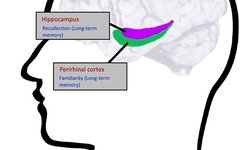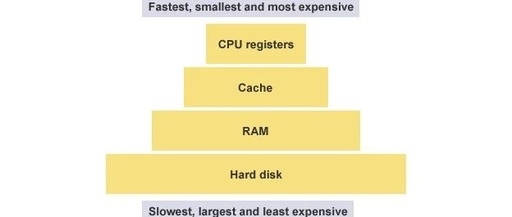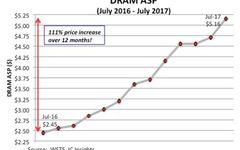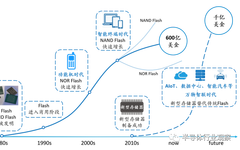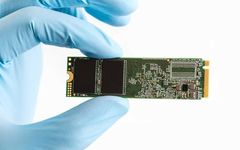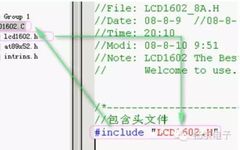Frontiers in Cognitive Science: How to Improve Our Memory
This article is adapted from the official account: CLIMB – Center for Lifelong Development of Brain and Mind. In our daily lives, we are constantly learning new things, but it is often difficult to remember everything we have learned. To enhance our memory capacity, we can think in a way that links several pieces of … Read more
